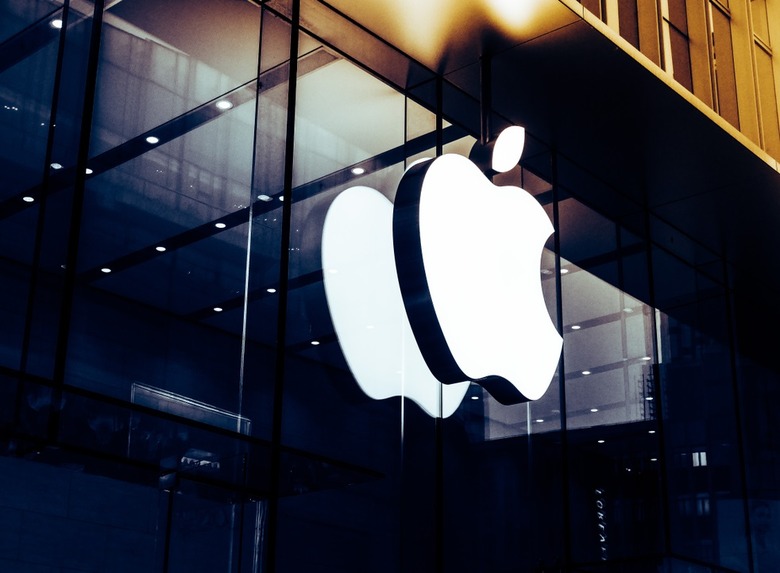Apple Posts Fiscal Q1 Earnings: Revenue Reaches $84 Billion As iPhone Revenue Drops By 15%
Typically, Apple's earnings report for the holiday quarter is a sight to behold. After all, Apple over the years has consistently and impressively delivered jaw-dropping revenue, monstrous iPhone sales, and of course, record-setting profits that simply put most every other company on the planet to shame.
The most recent holiday quarter, though, is a little bit different. Sure, Apple is still making money hand over fist, but Tim Cook a few weeks back wrote a letter to investors and informed them that Apple's revenue for the holiday quarter would be a few billion dollars less than initially anticipated. No, the sky isn't falling, but Apple's bottom line was hit hard by poor performance across its entire product line in China.
With that said, Apple's earnings report for its first fiscal quarter is out and, when the dust settled, the company posted revenue of $84.3 billion and an EPS of $4.18. Analysts, meanwhile, were anticipating revenue to fall in the $84 billion range with EPS somewhere around $4.17. As a point of reference, Apple during the same quarter last year posted revenue of $88.3 billion and EPS of $3.89.
"While it was disappointing to miss our revenue guidance, we manage Apple for the long term, and this quarter's results demonstrate that the underlying strength of our business runs deep and wide," Tim Cook said in a press release. "Our active installed base of devices reached an all-time high of 1.4 billion in the first quarter, growing in each of our geographic segments."
So how did iPhone sales check in for the quarter gone boy? Oh yeah, funny thing about that. Apple last quarter announced that they would no longer be disclosing iPhone unit sales. Arguably a move Apple should have implemented long ago, the reasoning is that an arbitrary three-month snapshot of iPhone sales doesn't necessarily provide an accurate gauge of the vibrancy of Apple's business. What's more, seeing as how iPhone releases have been staggered over the past two years, year-over-year quarterly comparisons are far less instructive than in years past.
On a related note, Apple won't be disclosing unit sales for any of its products anymore. So if you're keen on seeing how Mac and iPad sales are doing, well, you're out of luck.
Apple did, however, release some information about iPhone revenue:
Revenue from iPhone declined 15 percent from the prior year, while total revenue from all other products and services grew 19 percent. Services revenue reached an all-time high of $10.9 billion, up 19 percent over the prior year. Revenue from Mac and Wearables, Home and Accessories also reached all-time highs, growing 9 percent and 33 percent, respectively, and revenue from iPad grew 17 percent.
Looking ahead, Apple anticipates revenue for its fiscal Q2 to come in somewhere between $55 and $59 billion. During the March quarter of last year, Apple's revenue checked in at $61.1 billion.
Shares of Apple are up about 5 points in after-hours trading.
Developing...
